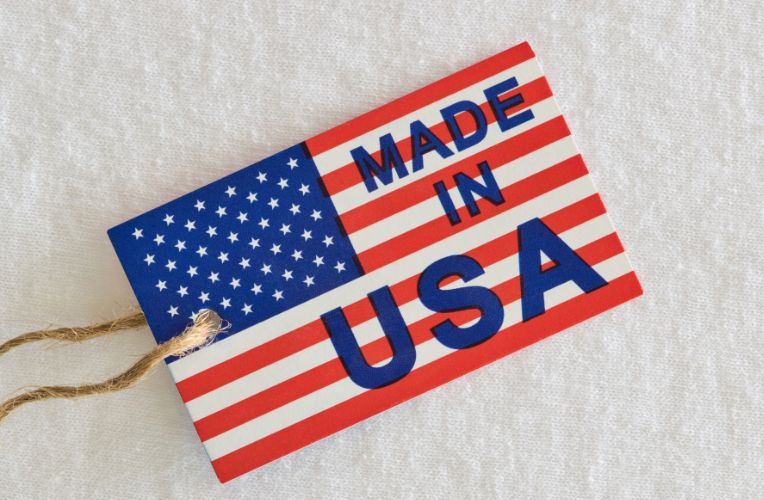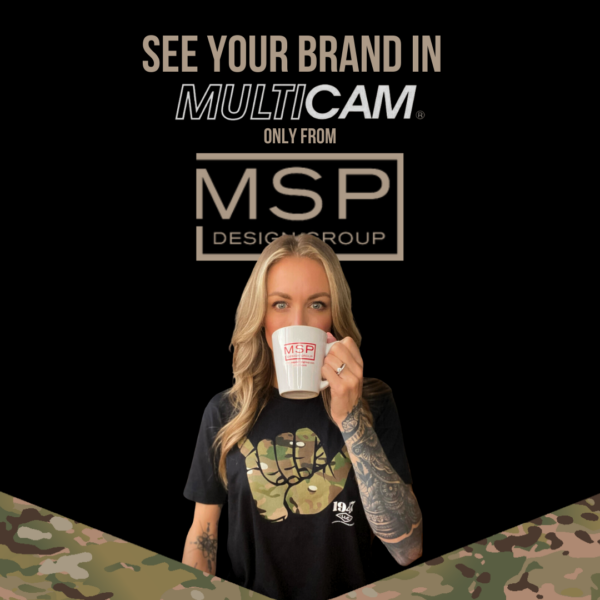
Screen vs Digital Printing
Read Time:
2.9 minutes
Categories:
Tags:
Date Posted:
January 7, 2021
In recent years, DTG—direct to garment—printing has arisen as a notable rival to traditional screen printing for its low-cost appeal. While there are many differences between the two, the best option really relies on what your project needs are. It isn’t so much a screen vs. digital printing situation as it is a per project question—which best suits your project? If you need shirts to supply an entire festival, screen printing is the way to go. If you’re choosing to print photographic images, DTG will be your best bet.
Screen Printing
Screen printing is done by layering ink on different screens to create the final product. This traditional method is best for vibrant colors, dark t-shirts, and specialty products like glassware and koozies. The pros of screen printing are numerous. The screen printing press is adjustable, opening up the ability to print on unique items. You may print on a wide range of materials, like wood, glass, and vinyl. Because of the layers of ink, the resulting thickness makes the prints durable and long lasting. Unlike DTG, the highest quality output is achieved with screen printing. This process makes bulk ordering cost-effective, so it’s perfect for large events, apparel companies, and other businesses.
Some customers choose screen printing for its ability to print very high-quality results alone. There are cons to this process, with a major one being cost. Because the screen printing process takes longer to set up and print, the costs are noticeably higher than DTG. Printers must adjust screens, lining them up perfectly so the final print is correct. Other factors like squeegee angle and pressure are just two more facets that must be checked off on before the process begins. While ensuring the quality of each item, this method moves slower than DTG as well.
Digital Printing
Digital printing takes designated art processed by its computer and prints onto the surface of a product. Unlike heat transferring, ink is printed directly on the item. DTG is best for detailed designs, photographic prints, light colored shirts, and small orders. Like screen printing, DTG has several great pros, like no physical setup. As a very large printer, only the ink needs to be replaced and the product changed out. Because of this, it’s a cheaper option as well. DTG can quickly and efficiently complete small orders, whereas it would make less sense to do so with screen printing due to set up and process time. Similar to a printer like yours at home, DTG can create any color with its unlimited color palette. It can also perfectly replicate photos onto garments, including all details and color shifts.
Because of the printer’s physical structure, there is a limited range of printed fabrics a DTG can realistically print on. Glassware, for example, cannot be printed with DTG. This method is mainly for worn garments. The ink, while good quality, is not as durable as the ink from screen printing. It’s printed on thinner in order to properly capture the details of the design, so it could potentially wear more quickly.
It is tough to compare screen printing vs digital printing when each method offers exclusive, worthwhile benefits. With MSP Design Group, you’ve got both options! While screen printing has been our bread and butter for over 30 years, we also proudly offer DTG printing. If you’re unsure of which option would be best for you, please contact us for further assistance.
Increase Your Results with Branded Merchandise Solutions

Elevate Your Brand with Custom Merchandise
Our personalized service, global sourcing, local production, and in-house creative team make finding the perfect promotional products a breeze.
Discover the Perfect Promotional Products for Your Brand! Click Here to Get Started.

Design Custom Apparel that People Love to Wear
Our 100,000 sq ft state-of-the-art facility handles a wide range of apparel and decoration methods. Let’s create something on-trend and truly unique for your brand.
Create Trendy, Custom Apparel for Your Brand!

Make A Lasting Impression with Impactful Visual Communications
From signage and wayfinding to environmental graphics, our expert team can create custom solutions that elevate your brand and guide your audience.
Elevate Your Brand with Custom Visual Communications! Click Here to Learn More.
 Online Solutions to Elevate Your Brand
Online Solutions to Elevate Your Brand
Our ecommerce solutions are perfect for gifting, rewards and recognition programs, team gear, fundraising, or selling your products directly to customers. Our advanced platforms offer seamless shopping experiences, fun gifting options, and secure transactions.
Boost Your Brand with Our Ecommerce Solutions! Click Here to Explore.
 We Do the Heavy Lifting So You Don’t Have To
We Do the Heavy Lifting So You Don’t Have To
MSP Design Group provides an in-house, NetSuite enabled kitting, warehouse and fulfillment facility. We provide end-to-end solutions tailored to your unique needs. With complete control of our processes, your program is in excellent hands.
Streamline Your Operations with Our End-to-End Solutions!
 Our In-House Creative Team Has You Covered
Our In-House Creative Team Has You Covered
Looking to create your own unique apparel designs? Envision a unique product that doesn’t exist yet? Want to create a new experience? MSP Design Group’s team of in-house creatives, designers, merchandisers and program experts are ready to help bring your vision to life.
Bring Your Vision to Life with Our In-House Creative Team! Click Here to Learn More.






